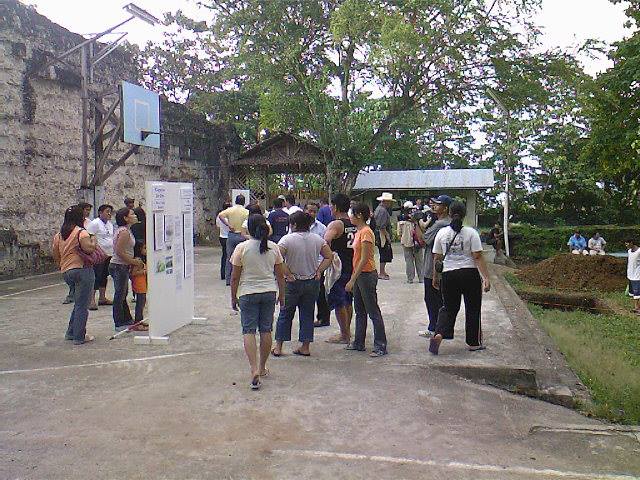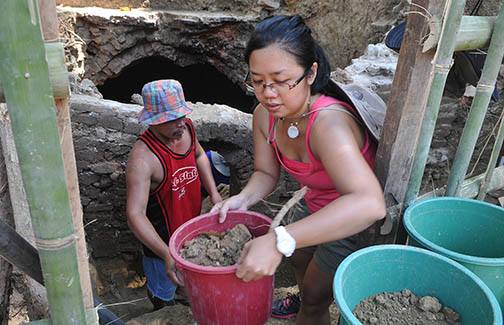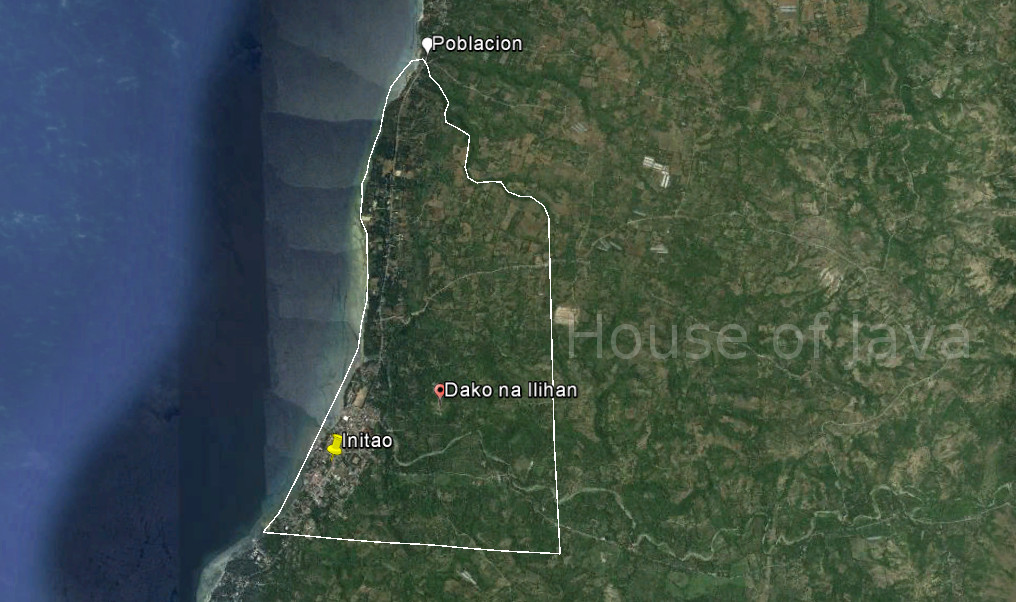
Poblacion Ruins
An archaeological team from the University of the Philippines (UP) have found old wooden slabs believed to be the foundation of a 16th-century church on top of a hill in this fishing town in Misamis Oriental.
The team spent three weeks feverishly sifting through tons of dirt until they found the wooden slabs on the right corner of the present day Our Lady of Consolation Parish church in Opol, where the ruins of old church walls can still be seen.
The Poblacion Ruins (X-2007-K3) exhibits vivid structural design
with both lateral walls still present. The ruins has a rectangular formation and made of corals. The site has been excavated by the University of the Philippines – Archaeological Studies Program (UP – ASP) in 2008 (ASP 2009). It has a single nave formation measuring 60 m x 22.5 m composed of two floors supported by wooden beams of Molave (Vitexparviflora Juss). (Source)




(Source)
| Website: | no website found |
| Facebook: | no page found |
| Email: | no email found |
| Landline: | no landline found |
| Mobile: | no mobile found |
| City/Municipal: | Opol |
| Barangay: | Pobalcion |
| Address: | |
| Google Map: | Ruins of Our Lady Of Consolation Church |





















